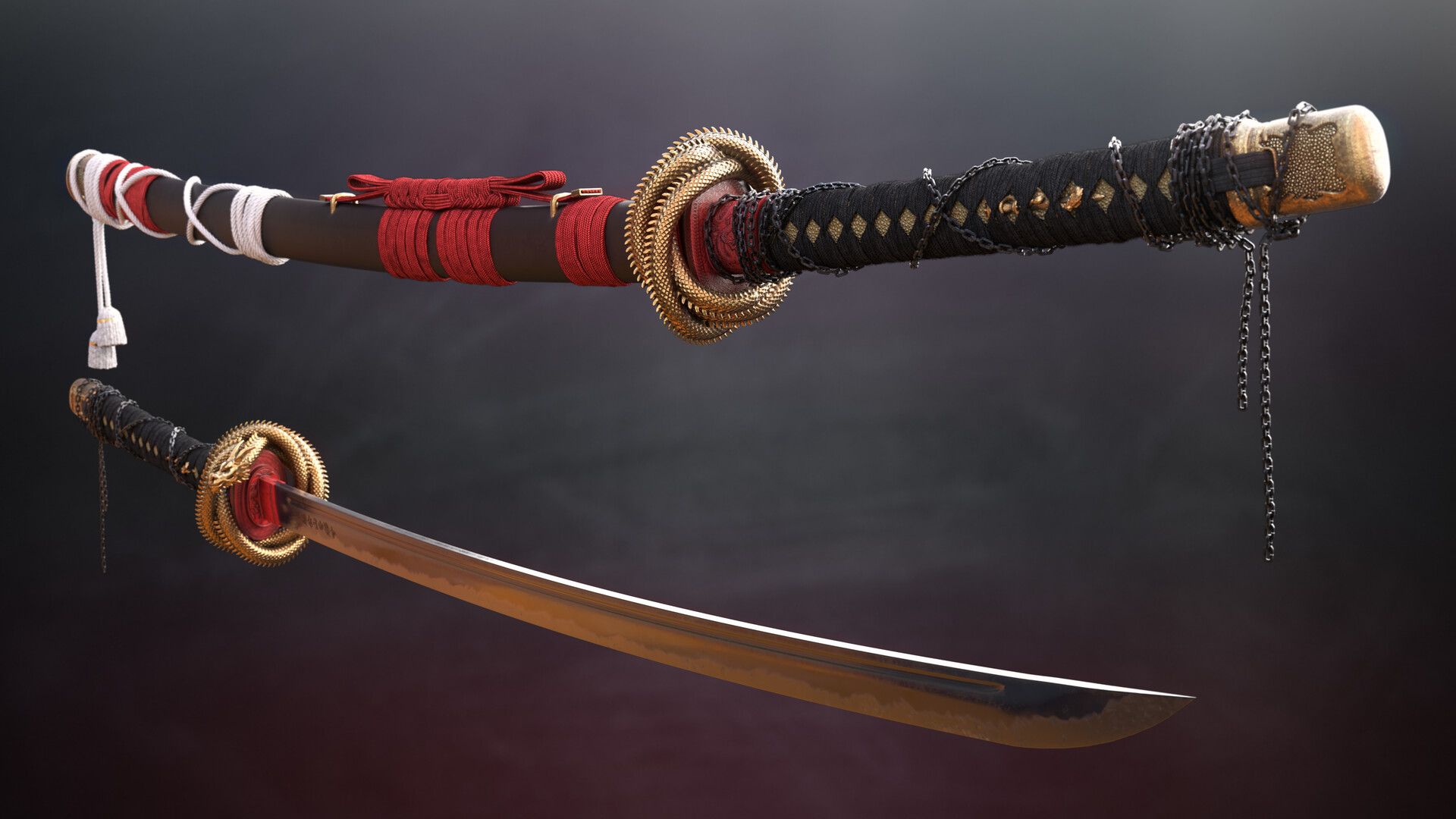Katana are samurai swords that were used by the military nobility of feudal Japan. They are known for having a curved blade.
Sword connoisseurs consider this special forging process to be a significant part of a katana’s art value, a concept called Hamon. After the katana is forged, it is polished to a mirror-like finish.
Blade
Katana blades are single-edged and curved, which allows them to perform powerful slashing strikes and effective thrusts. The curvature of the blade also makes it easier to control, allowing for more fluid and precise movements than would be possible with a longer straight sword.
The katana is traditionally made of tamahagane steel, a specialized Japanese steel that results from a traditional smelting process that yields layered steels with different carbon concentrations. This technique helps to remove impurities and even out the steel’s strength and resilience.
The smith then folds and welds the layers together to create a long bar of metal. He then heats the metal and quenches it, treating the softer spine side of the sword with faster cooling than the harder blade side to achieve greater hardness and resilience. This process creates the distinct wavy line known as the “hamon,” which shows the difference between the two sides of the sword and indicates that it has been properly tempered.
Handle
The katana’s handle is called the Tsuka. It is traditionally made from wood custom fit to the tang using tiny bamboo pegs called Mekugi. This increases the strength of the connection between handle and blade.
The wood core of the handle is shaped with a smooth three-dimensional curvature that extends from the Tsuba guard to the bottom of the Kashira pommel. Its shape is determined by the sori measurement, which can vary from a light curve to a deeper one.
On top of the ray skin is a cord wrapping called ito or tsuka-ito. It can be made from different materials to bring a variety of handling characteristics.
The tsuka-ito is also traditionally decorated with small metal or alloy pieces known as Menuki. These ornaments are not just for aesthetics but they actually improve the grip of the sword by preventing the hand from sliding.
Scabbard
A katana isn’t a monolithic entity, but rather a complex assembly of specialized parts with their own unique functions. Let’s take a look at some of these components.
A Saya (Qiao) is the scabbard that holds a katana blade. It’s usually made from lightweight lacquered wood, although it can also be made of leather or other materials. The scabbard is designed to protect the blade, prevent it from scratching against the inside of the Saya and preserve its coating layers.
A scabbard should also be shaped to match the contour of the blade, so it doesn’t interfere with the grip when holding the sword. It also has a horn knob, or Kurikata, on one side to connect to a braided cord called Sageo, used for carrying the sword around the waist. This enables the Samurai to draw the Katana quickly when necessary. It is important that the scabbard is drawn smoothly, as rough handling can damage the blade.
Sheath
Katanas are lethal weapons that can cause a lot of damage if they’re not properly sheathed or unsheathed. That’s why they need a sheath that can protect them from dirt and other hazards. A well-crafted sheath can also be a work of art that shows the skill and dedication of the swordsmith.
Most sheaths are made from wood, but some use leather. Wood is more sturdy and lighter than plastic, allowing the wielder to draw the blade quickly. It’s also important to have a sheath that can hold the blade securely in place.
Authentic samurai sheaths feature a buffalo horn component called the Koiguchi. This prevents the sheath from tearing and ensures it will withstand blunt force. Modern sheaths often use metal end caps instead of horn. These caps allow samurai to strike the sheath without damaging it. This is an important part of katana training because it helps them practice proper sheathing and unsheathing techniques.The keywords I will use are
